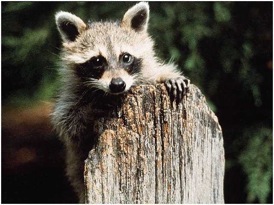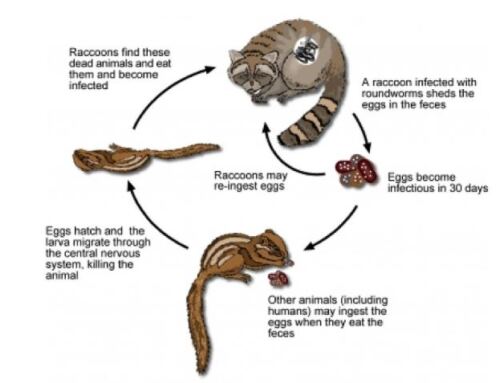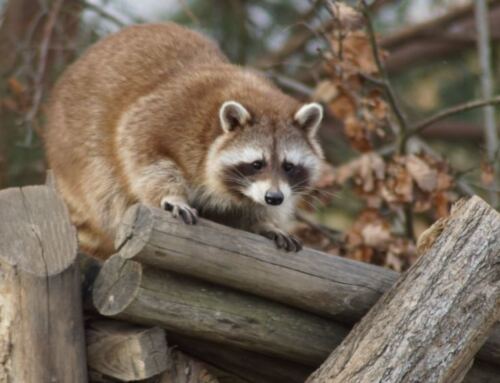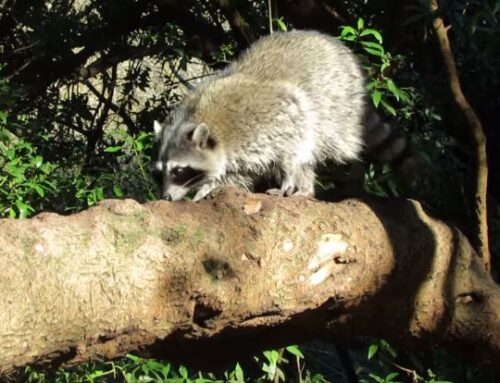
Protect Your Home or Building from Raccoons
Inspecting your property thoroughly, and on a regular basis, is one of the most important things you can do. Get up on the roof (or pay someone to do it for you), to check if there are any loose shingles, or signs of raccoons ripping a hole in it to access your attic. Remember to look over your eaves and soffits too – any loose material could be the start of a raccoon invasion. They can take the smallest of holes and enlarge them to gain entry.
Remove Raccoon Attractants From Your Property
There are several things on your property that might be attracting raccoons – if you can remove these things, or at the very least, prevent raccoons from gaining access to them, you’ll go a long way towards preventing raccoon damage.
First, ensure that any garbage cans have lids that are securely sealed. You can buy after-market products to keep lids on securely, or use an old-school method of simply putting a heavy weight on the lid to keep raccoons out. Do not leave your garbage out in plastic bags, as raccoons can easily tear through it to get to whatever is inside.
Secondly, do not leave pet food outside, especially overnight when raccoons are most active. Take it indoors where it’s safe from any masked bandits that might be roaming about.
Thirdly, keep any food crops clean and well-maintained. If you have nuts falling from your trees, sweep them up regularly. If you grow crops that raccoons love to eat, such as sweet corn or melons, build a strong fence around them to keep raccoons out. Ensure there are no gaps that are greater than 3-inches, since you want to ensure that even young raccoons cannot squeeze through. You can bury mesh at least 18 inches deep to surround the fence to discourage the raccoons from digging underneath it. To protect the top, consider running a single strand of electrified wire that sticks out by about 3 inches – turn it on at dusk, and off at daybreak. Lastly, make sure there aren’t any overhanging tree branches that will allow a sneaky raccoon to bypass your other defenses.
Lastly, if you have a chimney, ensure that the top is protected by mesh to prevent wildlife from entering. As a backup plan, make sure the damper near the bottom of the chimney secures properly – the last thing you need is a raccoon scampering around your house after entering via your sooty chimney!
Preventing Raccoon Damage via Eviction
If it’s too late, and a raccoon has already moved into your property, then you can prevent further damage from occuring by evicting them.
First, find their point of entry if they are living in your home. There may be more than one. Seal off all entry points except for one. The last thing you need is a rotting raccoon carcass stinking up your attic or crawl space. To prevent that, once you’ve figured out where the raccoon is sleeping, put some flour at the entrance to it’s “den”. Check back a few hours later, and if there are tracks in one direction – leaving – seal up this hole so it can’t get back in. Worst case if the raccoon has babies, you might have to wait until the babies are fully grown before evicting them. Or, contact a wildlife removal expert to relocate them safely.
If the raccoon is nesting elsewhere on your property, do everything you can to make the spot as unnatractive as possible from a raccoon’s perpective.
Wildlife removal experts are a great resource, so you might want to give your local animal control expert a call to get rid of nuisance raccoons or get advice. In Burlington, Oakville and area contact Regional Wildlife Services today for a free quote!





